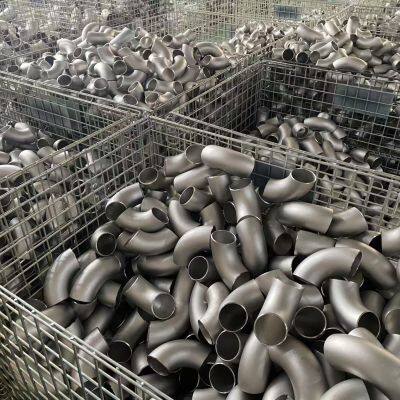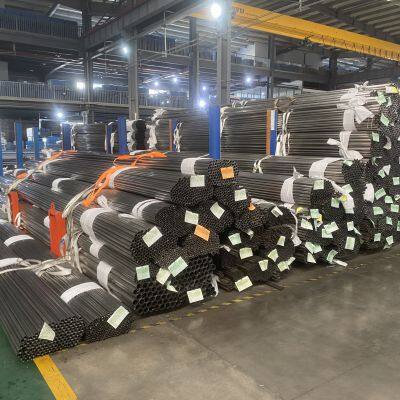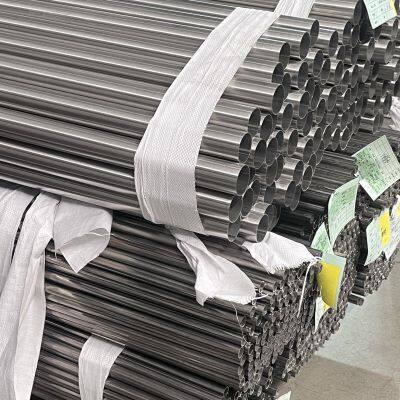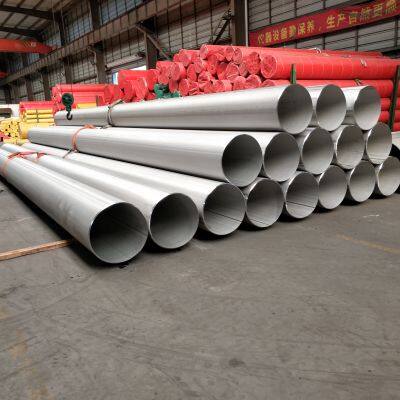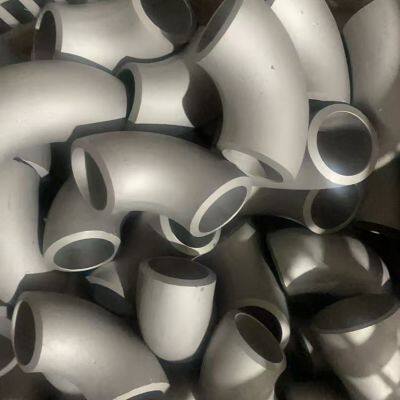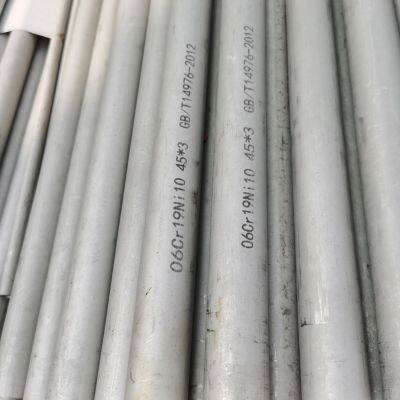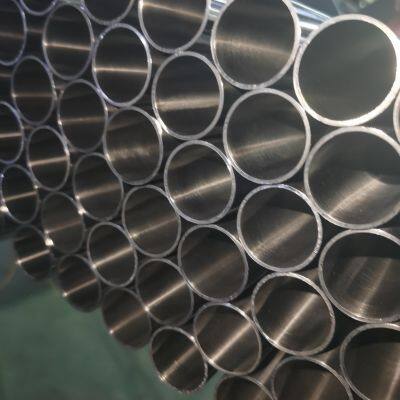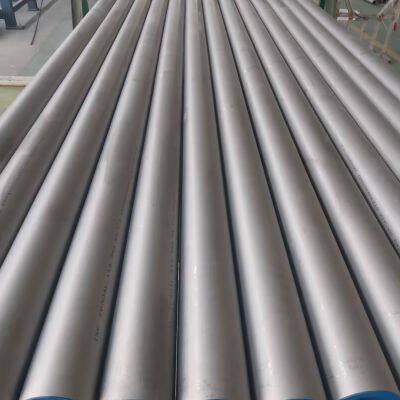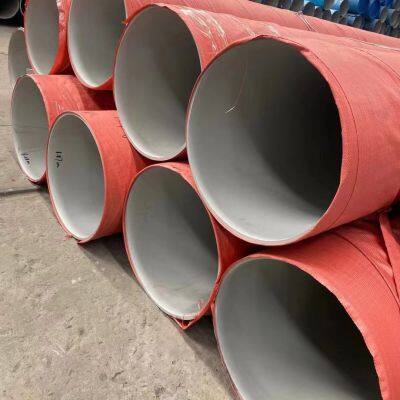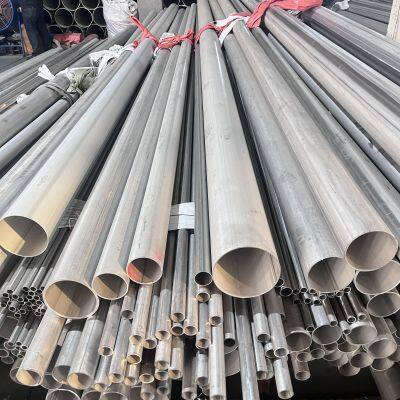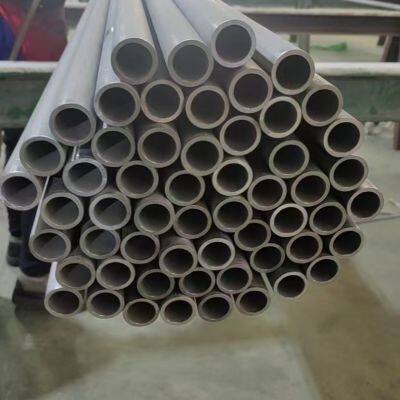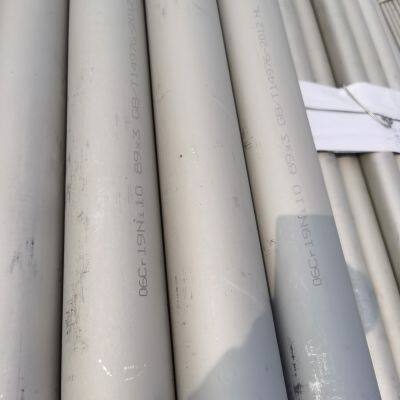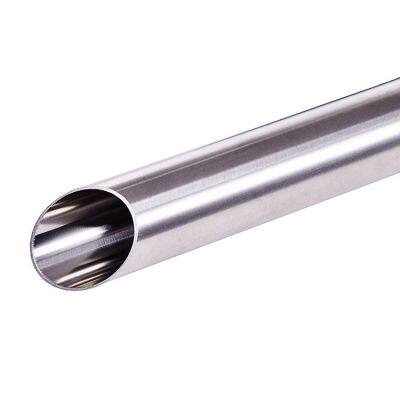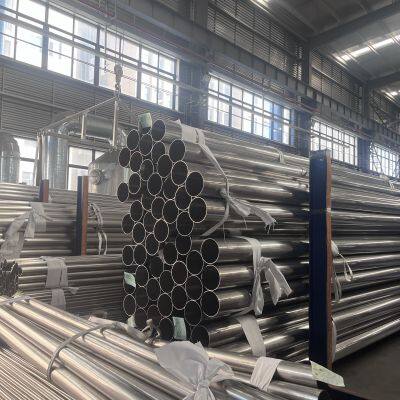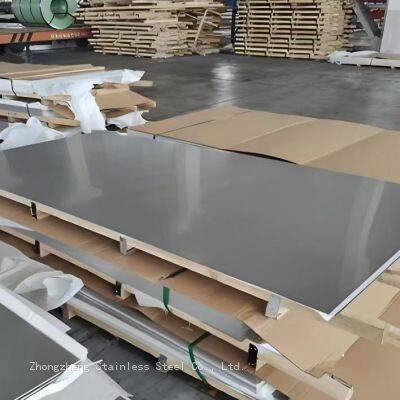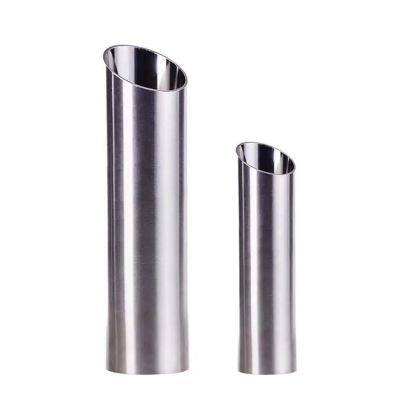What are the acceptance criteria for stainless steel seamless pipes on construction sites
The acceptance criteria for stainless steel seamless pipes on construction sites mainly include the following aspects:
Quality certification documents
Stainless steel seamless pipes should have a quality certificate, which includes information such as the name of the production factory, product specifications, quantity, production date, execution standards, mechanical properties, chemical composition, etc., and should match the actual goods.
The product should be accompanied by a certificate of conformity, which proves that the batch of stainless steel seamless pipes has passed the factory quality inspection and meets the relevant standard requirements.
appearance quality
The surface of stainless steel seamless pipes should be smooth and free of defects such as cracks, folds, rolling folds, delamination, and scars. If there are minor defects, their depth should not exceed the negative deviation of the steel pipe wall thickness, and the maximum depth should not exceed 0.5mm.
The cut of the steel pipe should be flat, free of burrs, burrs, etc., and the cut end face should be perpendicular to the axis of the steel pipe, with an inclination not exceeding the specified value.
Dimensional deviation
Outer diameter deviation: According to GB/T 14976-2012 "Seamless Stainless Steel Tubes for Fluid Transport", when the outer diameter is less than or equal to 50mm, the allowable deviation is ± 0.3mm; when the outer diameter is greater than 50mm, the allowable deviation is ± 0.6%.
Wall thickness deviation: When the wall thickness is less than or equal to 3mm, the allowable deviation is ± 0.15mm; when the wall thickness is greater than 3mm, the allowable deviation is ± 5%.
Length deviation: The allowable deviation for the fixed length of steel pipes is usually ± 5mm. If there are special requirements in the contract, they shall be executed according to the contract provisions.
mechanical property
The mechanical properties of stainless steel seamless pipes should comply with relevant standards such as GB/T 14976, mainly including yield strength, tensile strength, elongation at break, and other indicators. For example, the yield strength of 304 stainless steel seamless pipe is not less than 205MPa, the tensile strength is not less than 520MPa, and the elongation at break is not less than 40%.
When necessary, hardness tests, impact tests, etc. can be conducted according to engineering requirements to further verify the mechanical properties of steel pipes.
chemical composition
The chemical composition of seamless stainless steel pipes should comply with the corresponding national standards. For example, the main chemical composition requirements for 304 stainless steel are: carbon content not exceeding 0.08%, chromium content of 18.00% -20.00%, nickel content of 8.00% -11.00%, etc.
Generally, the chemical composition of steel pipes is verified to be qualified through chemical analysis reports, and if necessary, on-site sampling can be carried out using spectral analysis and other methods.
Corrosion resistance test
For construction sites with special corrosion resistance requirements, intergranular corrosion tests, pitting corrosion tests, etc. can be conducted according to engineering needs to test the corrosion resistance of stainless steel seamless pipes.
The intergranular corrosion test method shall be carried out in accordance with relevant standards such as GB/T 4334. After the test, the steel pipe should have no tendency towards intergranular corrosion and meet the corresponding quality requirements.
The above are the main acceptance criteria for stainless steel seamless pipes on construction sites. Actual acceptance should be carried out according to engineering design requirements and relevant standards and specifications to ensure that the quality of steel pipes meets the requirements for engineering use.
Recently Posted
-
What are the differences between shot peening of austenitic stainless steel and ordinary shot peenin
January 4, 2026What are the differences between shot peening of austenitic stainless steel and ordinary shot peening? The core difference be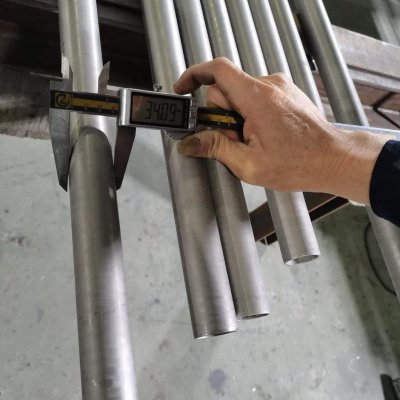 Read More
Read More -
What effects does shot peening have on the properties of austenitic stainless steel
January 4, 2026What effects does shot peening have on the properties of austenitic stainless steel? The influence of shot peening strengthen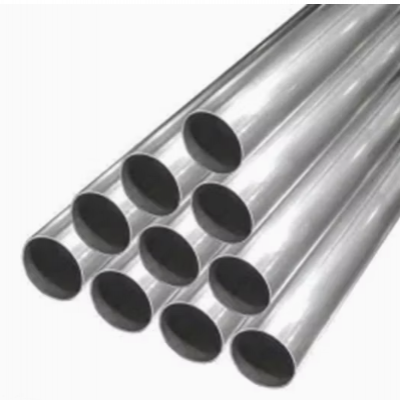 Read More
Read More -
Does the sequence of passivation treatment and degreasing treatment have any impact on the degreased
January 4, 2026The sequence of passivation treatment and degreasing treatment has a significant impact on the performance of degreased seamless p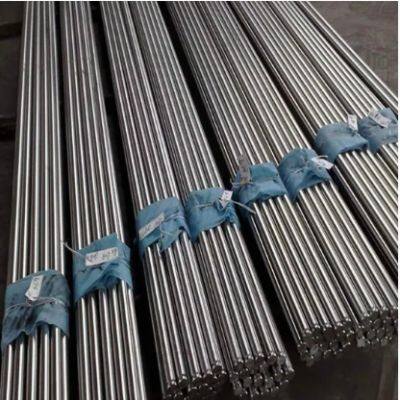 Read More
Read More -
How can we prevent defects from occurring in stainless steel degreased seamless pipes during
January 4, 2026How can we prevent defects from occurring in stainless steel degreased seamless pipes during the degreasing process? To avoid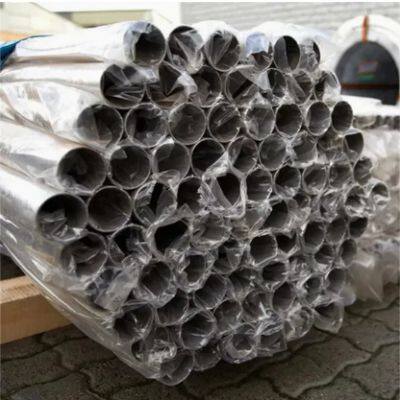 Read More
Read More



